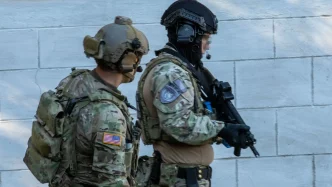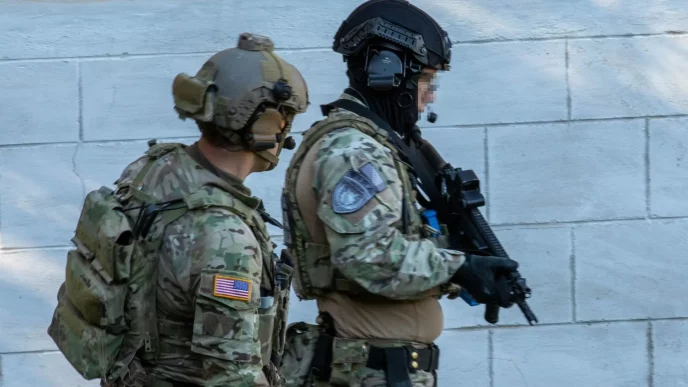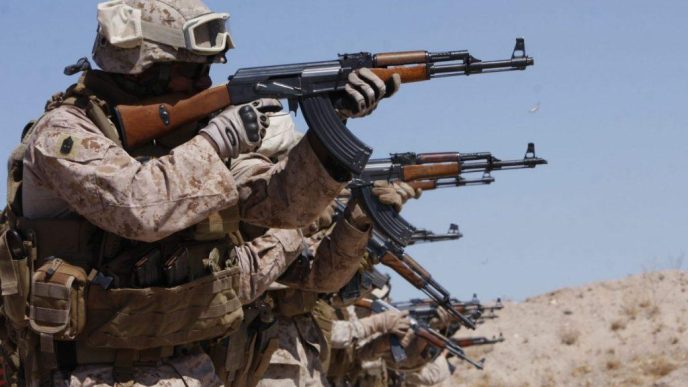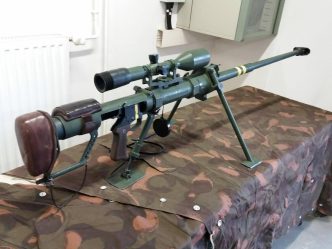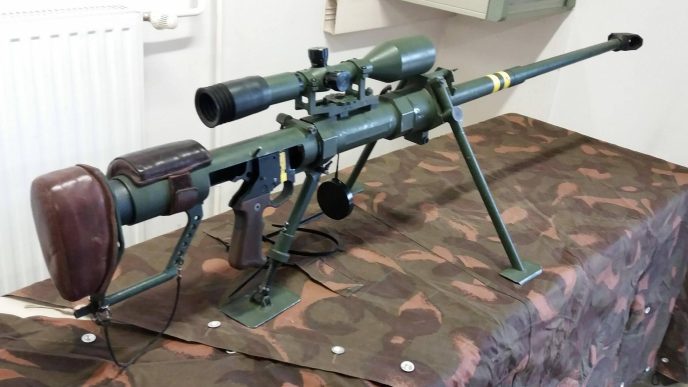The US Army’s decision to replace the M9 Beretta with the M17 Sig Sauer P320 pistol sparked discussions about the advantages of the new sidearm. This article will examine the notable improvements the M17 offers over its predecessors, such as increased magazine capacity, reduced weight, and enhanced modularity. Additionally, we will explore alternative options that could have been considered for selection. Let’s dive into the details and evaluate the merits of the M17.
Magazine Capacity and Weight
One of the major advantages the M17 has over the M9 is its increased magazine capacity. With a magazine cap of 17 rounds compared to the M9’s 15 rounds, the M17 offers more firepower without sacrificing reliability or durability. Furthermore, the M17’s polymer and aluminum construction significantly reduces its weight compared to the all-aluminum and steel M9. This weight reduction benefits soldier who already carry substantial gear, as every ounce counts.
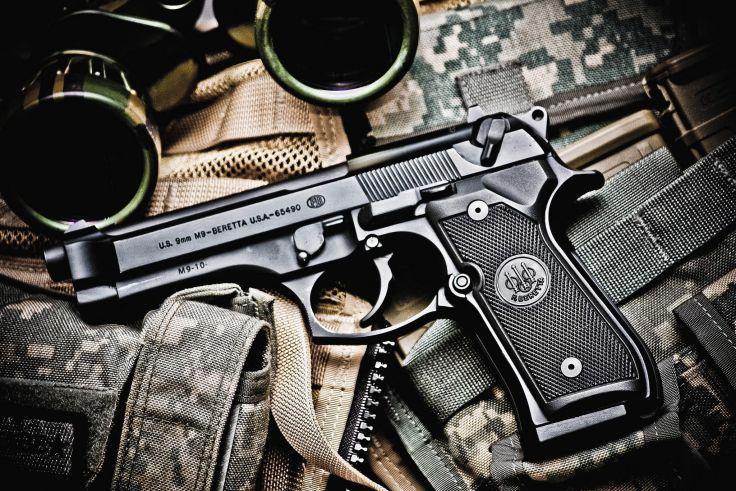
Modularity
One of the most significant advantages of the Sig Sauer P320 platform, which the M17 is based on, is its exceptional modularity. The P320 can be easily adapted to different uses, allowing for caliber changes and adjustments in size. For instance, a shooter can switch between a Sub-Compact and a Carry configuration using the X-Change kit, which takes only a short time. This modularity empowers users to tailor the firearm to their needs and preferences, making it versatile and adaptable in various scenarios.
Trigger
The trigger of a firearm plays a crucial role in accuracy and user experience. The M17’s trigger is often praised as one of the best among handguns. It provides a consistent pull, eliminating the need to adapt to different trigger mechanisms, as found in the M9. The M17 enables shooters to develop muscle memory and achieve greater precision by offering a single-action short pull for all shots.
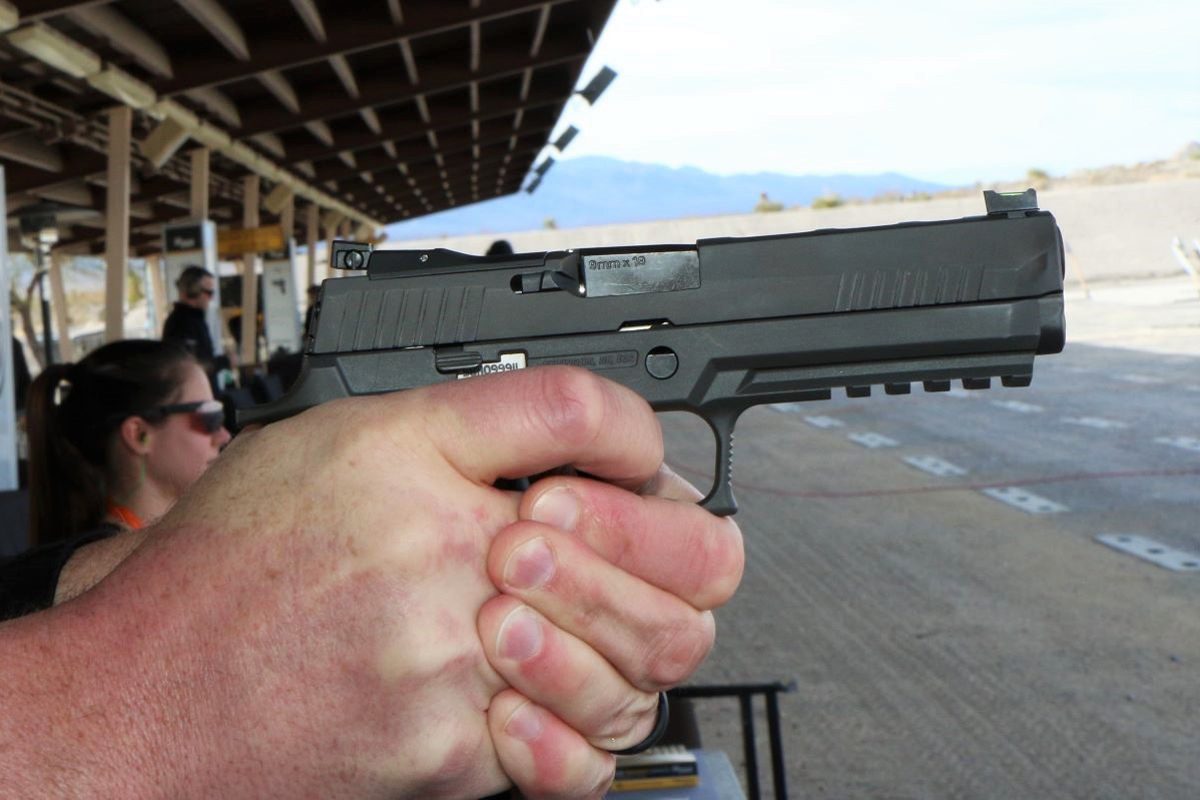
Alternative Considerations
While the M17 proves to be an excellent firearm, it is worth exploring alternative options that could have been chosen as the US Army’s new sidearm. One popular choice among firearms enthusiasts is the Glock 17, renowned for its design, reliability, and track record of performance. Another contender is the Sarsilmaz SAR9, which offers similar attributes and could have been a suitable option. However, the Army ultimately selected the M17 based on its performance and cost-effectiveness.
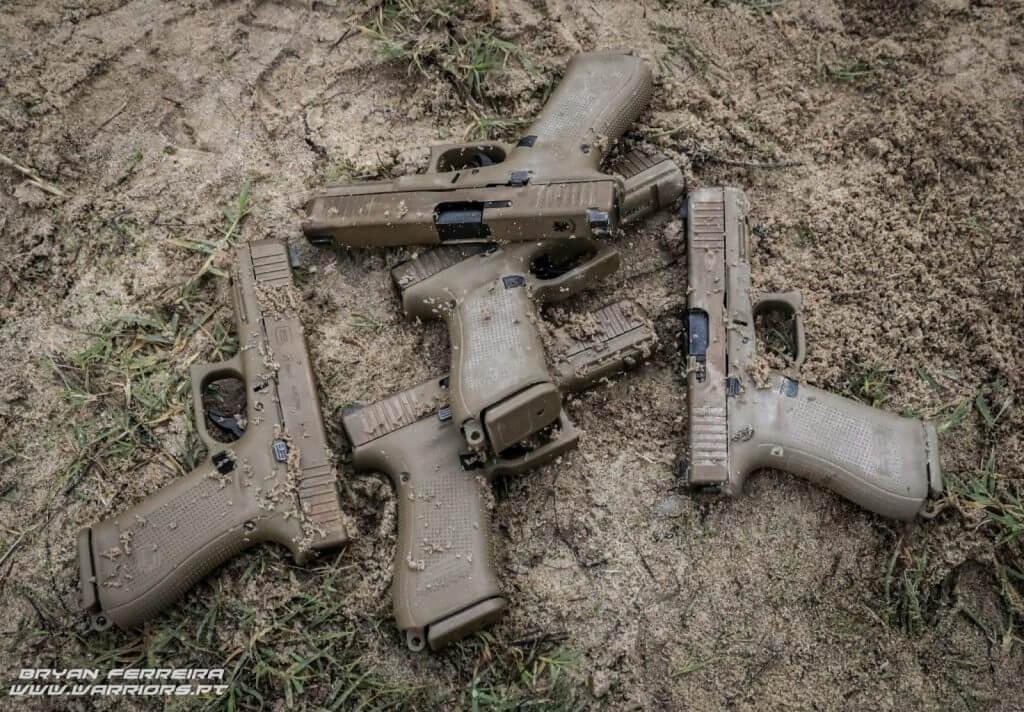
Conclusion
The US Army’s transition from the M9 Beretta to the M17 Sig Sauer P320 brings several advantages. The M17’s increased magazine capacity, reduced weight, and modular design offer improved versatility and adaptability. Furthermore, the consistent trigger pull of the M17 enhances accuracy and simplifies the learning process for users. While alternative options such as the Glock 17 and Sarsilmaz SAR9 may have been contenders, the Army’s decision was influenced by the Sig Sauer P320’s performance and cost considerations.
The M17 has already gained recognition in law enforcement agencies, further solidifying its reputation as a reliable and capable sidearm. As the M9’s age and lack of maintenance pose challenges, the introduction of the M17 represents a modernization effort in line with the Army’s evolving needs.





